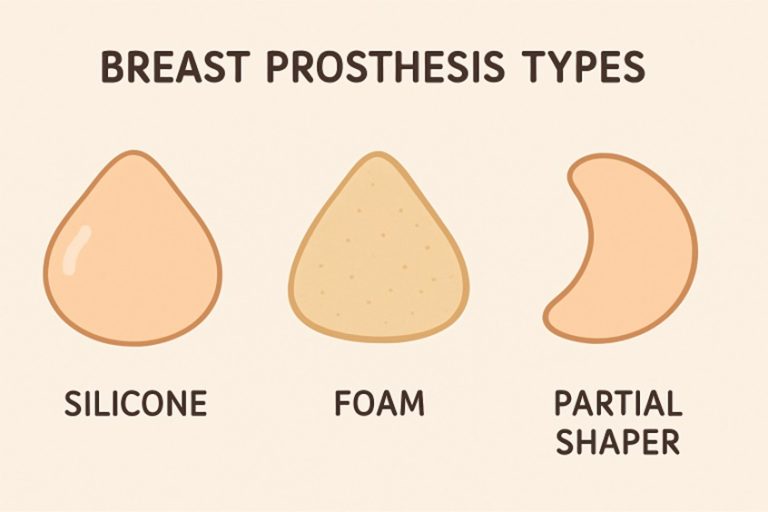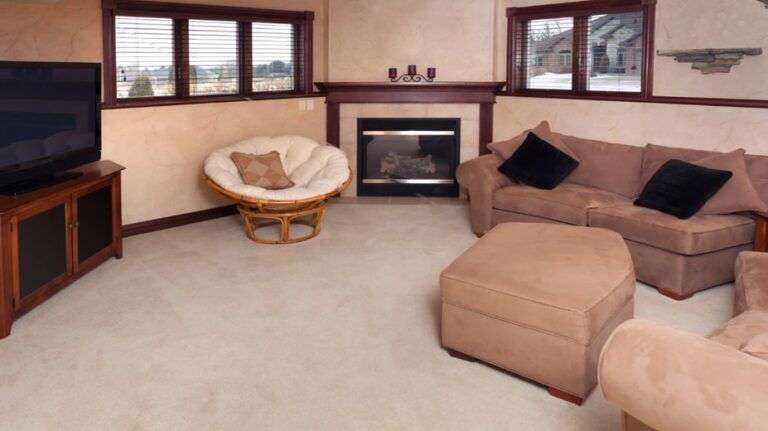Layer 2 solutions strip away complexity from presale launches by handling transactions off the main blockchain while maintaining security guarantees. Projects deploy presale contracts on layer 2 networks where gas costs stay minimal and transaction speeds remain consistent regardless of base layer congestion. This infrastructure removes technical and financial barriers that previously complicated presale operations. Meme coins, for instance, pepe meme coin benefited from layer 2 deployment models where massive participant numbers could interact with presale contracts without network bottlenecks or prohibitive fees.
Reduced deployment expenses
Smart contract deployment on layer 2 networks costs pennies instead of hundreds of dollars. Projects launching presales can allocate more capital toward development and marketing rather than burning funds on contract deployment fees. This cost efficiency particularly benefits newer projects without substantial backing or venture capital support. The savings extend beyond initial deployment. Contract interactions during presale operations, including contribution processing and token allocation, maintain low costs throughout the entire presale period. Projects conducting multi-phase presales or implementing complex vesting schedules can execute these mechanisms without worrying about gas fee spikes during peak network activity.
Faster contract execution
Layer 2 networks process transactions in seconds rather than minutes:
- Presale contributions get confirmed almost instantly after submission
- Token allocation updates happen in real time for participants
- Refund processing completes quickly if presale terms aren’t met
- Contract state changes propagate immediately across the network
- Multiple participants can interact simultaneously without queuing delays
This speed matters during high-demand presale launches where timing determines allocation sizes. Participants receive immediate confirmation of their contributions instead of waiting through multiple block confirmations. The responsiveness creates smoother user experiences that match expectations formed by traditional web applications.
Simplified token distribution
Layer 2 infrastructure includes built-in mechanisms for efficient token distribution to large participant groups. Presale contracts can process hundreds or thousands of token allocations without the computational limits that constrain base layer operations. Batch processing capabilities let projects distribute tokens to entire presale cohorts in single transactions. The distribution process maintains accuracy while handling complex allocation formulas. Vesting schedules, bonus tiers, and proportional allocation calculations execute reliably without manual intervention. Projects set distribution parameters once, and the layer 2 infrastructure handles execution automatically when presale conditions are met.
Enhanced participant accessibility
Lower transaction costs on layer 2 networks open presale participation to broader audiences. Retail participants can contribute smaller amounts without fees, consuming significant portions of their allocations. This accessibility builds larger, more diverse presale communities compared to high-cost environments where only substantial contributors find participation economical. The technical barriers drop too. Layer 2 wallets and interfaces have matured to offer user-friendly experiences rivalling centralized platforms. New participants navigate presale contribution processes without deep blockchain knowledge. Simplified onboarding expands potential presale audiences beyond crypto veterans to include newcomers attracted by specific projects.
Streamlined liquidity management
Presale proceeds on layer 2 networks transition smoothly into liquidity pool deployments:
- Projects add liquidity to decentralized exchanges on the same layer 2 network
- No bridging delays or costs moving funds between different blockchain environments
- Liquidity locks deploy through native layer 2 mechanisms
- Trading begins immediately after presale completion without technical gaps
This integration between presale operations and trading infrastructure accelerates project timelines. The gap between presale conclusion and active trading shrinks from days to hours. Momentum built during presale phases carries directly into trading launch periods without cooling-off intervals that dampen community enthusiasm. Layer 2 infrastructure transforms presale deployment through cost reduction, execution speed, distribution efficiency, participant accessibility, and liquidity management integration that collectively remove obstacles facing projects launching token sales.









